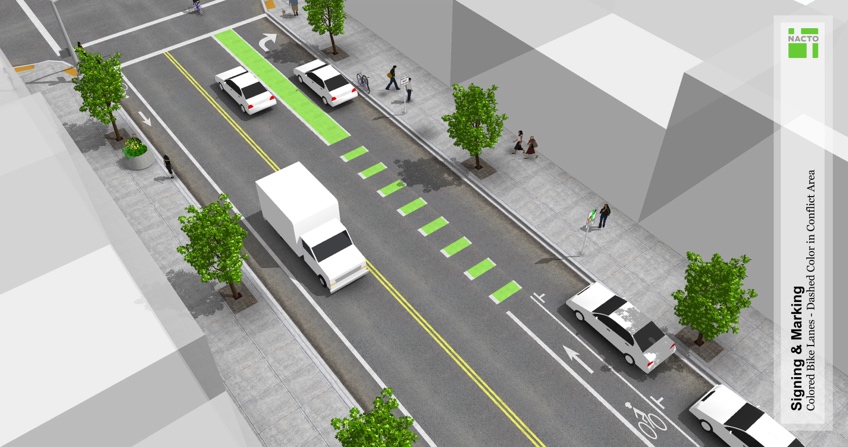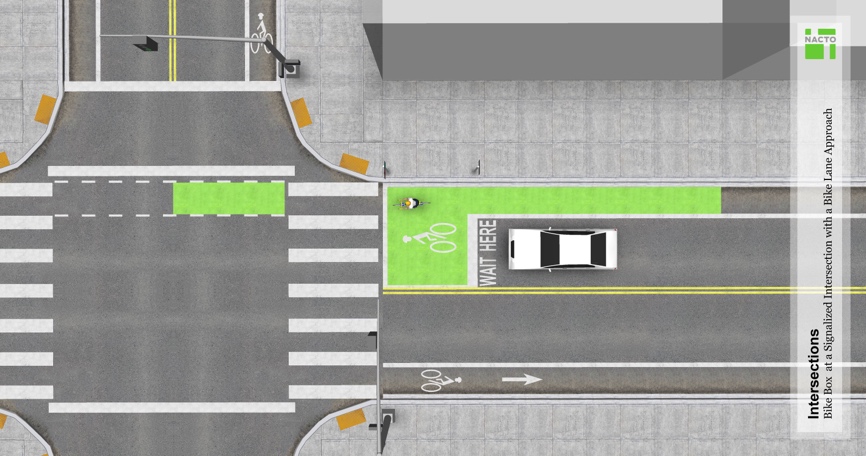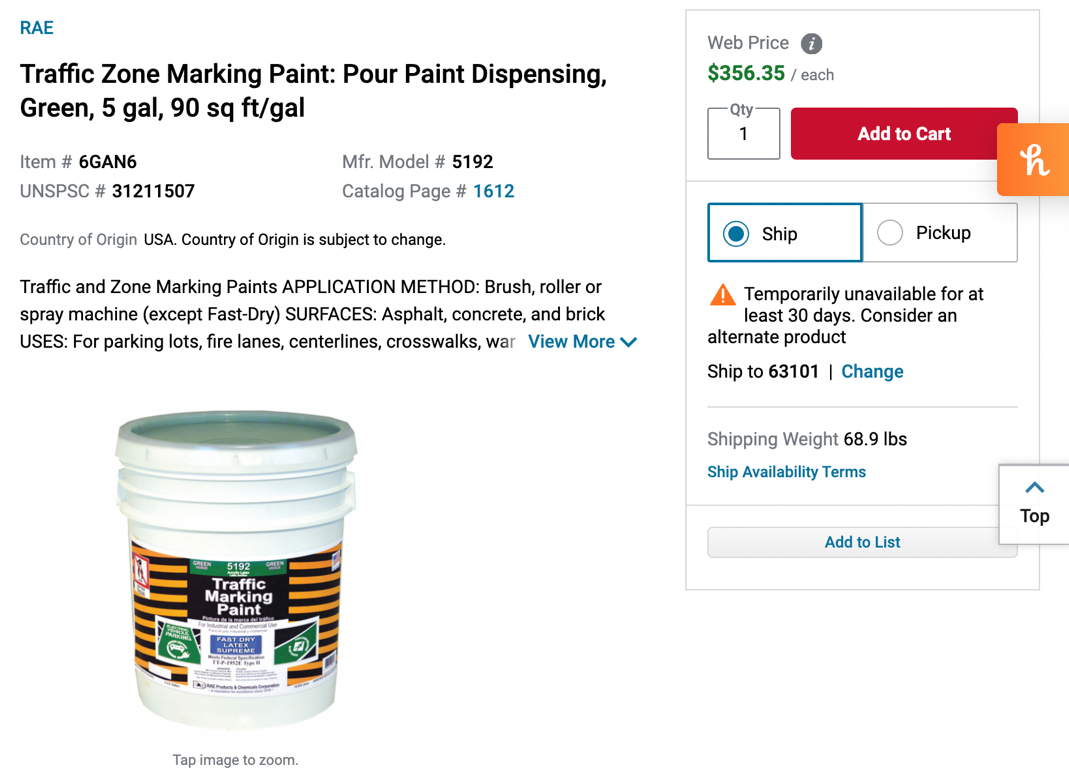Introduction
Growing up in my hometown, all of my friends had bikes, and we often gathered so that we could bike together. The problem was that there were no bike routes that we could follow to stay safe and not ride along with pedestrians or get to the road where the cars drive. Returning to my hometown, I still see kids gathering with bikes and riding from the top of the street to its end, having nowhere to go. This project entails the implementation of one bike lane across the town’s center as a starting point, from which it is possible to expand the routes further to expand cycling capabilities.
Problem Background
I see the lack of cycling routes as a problem to be solved because cycling is the most environmentally sustainable way of getting to locations across a town; it has significant benefits for health, the quality of air, as well as road safety, and equity. In terms of engineering efforts, creating cycling routes along a town is relatively straightforward. However, the problem can be politically challenging because some groups may be opposed to it because they may be negatively influenced. Therefore, the solution to the problem will be divided into two parts – the technical implementation guide and the political implementation guide.
Design: Technical Solution
The technical solution to the identified problem includes the construction of bike lanes, intersection treatments, bicycle signals, the installation of bikeway signing and marking, and bicycle boulevards. Bike lanes represent portions of the roadway that will be designated by bright-colored striping, signs, and pavement markings for exclusive use by cyclists. The designation of an exclusive bike lane is intended to restrict the encroachment of motorized traffic (refer to Figure 1).

Intersection treatment design is necessary to ensure the reduction of conflict between cyclists and vehicles by boosting the visibility levels, showing a clear right-of-way, and increasing eye contact and awareness of competing transport modes. Intersection treatments are vital for resolving both the maneuvers of both queuing and merging bicyclists’ and will relate to timed and specialized signals.
When it comes to the proposed bike solution, the signing and marking of the lanes will have to be bright and bold to be easily recognizable. As in the Figures 1 and 2 , the bikeway markings can be bright green because the color allows to augment a specific bike lane, intersection, or signal treatment. The bright markings on the road will give a high level of visibility and instant identification. They will ensure to consider the movements of both cyclists and motorists when it comes to their placement.
The safe configuration of an intersection (see Figure 2) for cyclists will include elements such as color, different signs, medians, and pavement markings. The intersection’s design will take consider both the anticipated and existing bicyclists, pedestrians’ movements, and the movements of motorists. As seen in Figure 2 below, the bike box at the intersection allows cyclists to move forward closer to the intersection so that they are at a safer distance from the cars waiting to cross.

Procedure
Colored pavement will be utilized both as corridor treatment designating the route of the lane and in limited locations such as bike boxes, conflict areas, and intersection crossing markings. Because the town is small and has a tighter budget, it is recommended to start with painting the lanes instead of investing in thermoplastic or Durable Liquid Pavement Markings (DLPM) that include epoxy and Methyl Methacrylate (MMA). In addition, there are examples of using colored asphalt that is being laid with colored pigment added. Paint is the preferred type of material for the proposed solution because it is the recommended material for corridor treatments and cycle tracks. It is cost-effective for corridors and has low to no impact on motor vehicle traffic. When it comes to spot treatments, paint is recommended for pilot and temporary treatments and is accessible in application. Thus, the paint will preferably be used in the project because some adjustments will be made after the lanes begin working, and it is easier to amend everything when the signs are done in paint.
Costs
Researching asphalt paint, I found that five gallons of Traffic Zone Marking Paint cost $356.35. The listing says that one gallon covers ninety square feet (see Figure 3), which means that five gallons will cover 450 square feet, which is quite a lot when it comes to bike lanes. The benefit of using asphalt paint that is specially designated for painting road signs is that it is has different application methods such as brush, roller, and spray. Besides, if the city has a striping machine, the paint can also be used with it. One side of the bike lane strip will be around 4 inches, and it will be painted from two sides so that the limits of the lane are seen. It has been estimated that one can of paint will cover a line 500-feet long. The first bike lanes are proposed to go through the city center and the main pedestrian areas, which will be around 8,400 feet or 1.6 miles. To cover this area with bike lanes, six cans of paint costing $2,138.1 will be necessary.

Results
Since it is proposed to make one main bike lane, in the beginning, to test its use and effectiveness, with new lanes added to it as time goes on. The calculation made covers only lanes, while paint expenditure will depend on whether additional signs will be painted on the pavement, such as bike images, arrows designating the direction of movement, and signs saying “Bike Lane.” Since the bike lanes are green, with the paint being more expensive, the white pavement paint for signs is less costly and averages at around $250 per five gallons. Altogether, painting a bike lane through the main town attractions is a solution that can cost up to $3,000, which is not that bad when it comes to a significant town improvement.
Discussion: Political Solution
While the implementation of the bike lane plan across the center of the town is straightforward in terms of the technical process, there may be some issues associated with the political part. Some groups, such as homeowners, small businesses, and other town stakeholders, may be opposed to the bike lanes running near them. The following is the proposed roadmap for dealing with the political aspect of the plan:
- Carry out a public poll. Polling the citizens of the town on whether an investment in the cycling infrastructure could be good is necessary to understand the level of the overall support that they may have. Since the proposition is a general improvement to the infrastructure of the town, the most widespread answer will be yes, which can deliver a strong mandate for immediate action.
- Prepare for opposition. The opposition can come from different groups, such as business owners concerned about the loss of trade but also from the car and taxi drivers, as well as delivery vehicles concerned with having to give up more road space. It is expected that the opposition to the project will come from a minority of vocal town residents. To help with the local argument, it is necessary to raise a profile of the supportive majority through a positive poll.
- Move quickly. It is expected that the support for the cycling infrastructure will increase further once the town has it implemented and town dwellers start using it. It can increase the support for the town officials who lobbied for paying for the project.
- Aim to build a cycling network but start with a smaller pilot. As proposed in the overview of the project, it is recommended to begin with one lane running across the center of the town through the most interesting sights. While a permanent and comprehensive network will be necessary for the future, the recommended solution is a less expensive way of introducing the public of the town to the benefits of cycling transportation. Notably, a specially designated bike lane will ensure that younger cyclists can ride safely across the town and know the direction in which they can go.
- Positive messaging. Finally, to win support for the project, it is important to promote what the town and its residents will gain rather than what car users may use. In this case, positive language in the project’s promotion is vital, underlining the importance of bike rides’ safety and the overall benefits for the town, including cleaning the air and addressing road danger and congestion. It is also possible to emphasize the case for investment, including the increased private investment, property values, as well as retail sales related with more bike-able streets of the town. A bike lane across the town center is also an opportunity for doing town tours on bikes, which can attract tourists.
Conclusion
The lack of a safe bike lane in a small town where a lot of people have bikes is a problem, especially for younger bikers who are confused where they can ride safely. The proposal breaks down the technical and political components of the solution, placing the most emphasis on the technical implementation. Importantly, the bike lane must be clearly recognizable and visible to all traffic participants. Because the project will be implemented on a pilot basis, paint is the chosen method of bike lanes’ demarcation because it is the most cost-effective and efficient. The lane can be painted in several days with minimum disruptions to the town’s traffic. The cost of the pilot bike lane will not exceed $3,000, so the expenses for the town are not significant, which allows to make adjustments and extend the lane in multiple directions in the future. In terms of politics, it is necessary to communicate the benefits of the bike lane to the town’s citizens, some of whom can be opposed to the project due to varied reasons.
References
Grainger. (2022). Traffic zone marking paint: Pour paint dispensing, green, 5 gal, 90 sq ft/gal.
National Association of City Transportation Officials. (2021). Urban bikeway design guide.